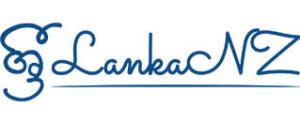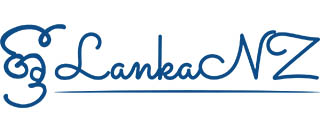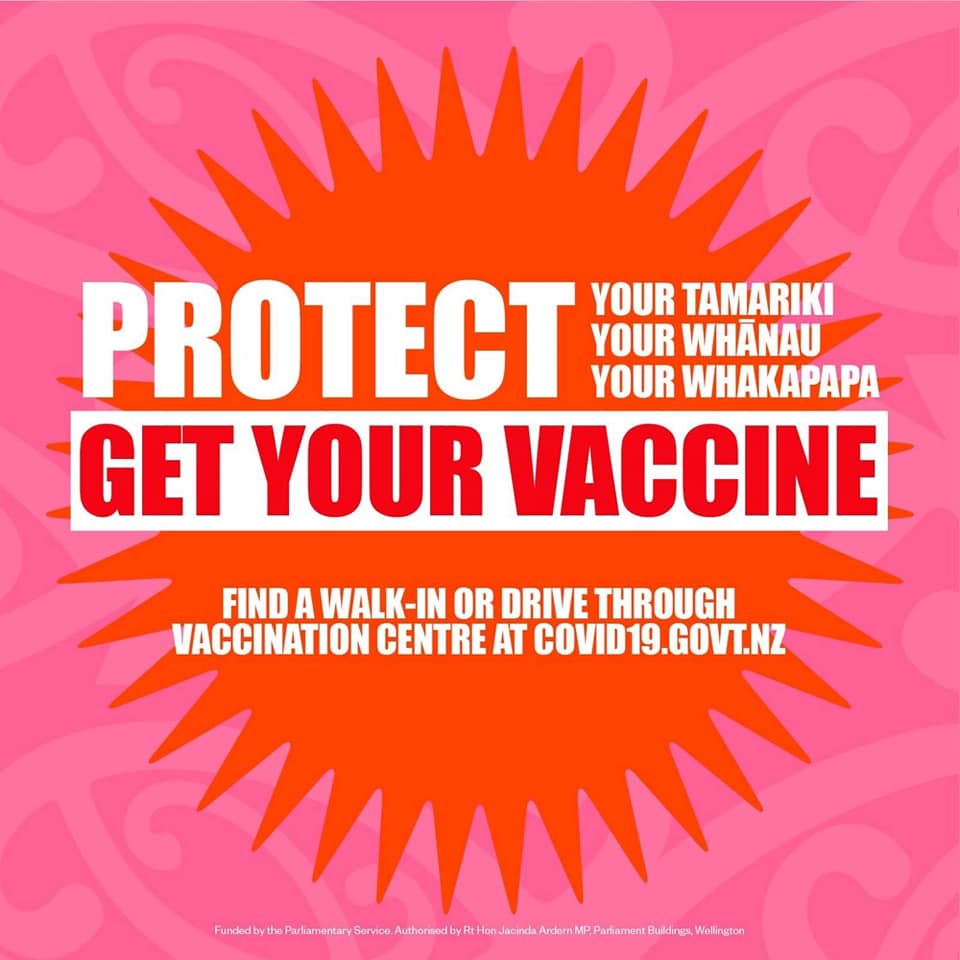With the widespread use of Artificial Intelligence (AI) there is a tendency to misuse the Technology. The article on Dark Web introduces another danger-zone for the kids. In this article, Dr Amal Punchiwhewa introduces the use of misinformation by AI.
***
In the last two articles, you may have read about the ChatGPT and the need for some form of regulation for AI. As elaborated in those two articles, we should not perceive AI as a completely bad technology that may harm humanity and society only. AI has lots of potential to improve productivity and efficiency when used correctly. However, we need to embrace AI with caution and preventive steps to mitigate any potential harm that AI could cause.
In this article, I wish to highlight some challenges that we face in media and information. When you are reading articles in this SriLankaNZ newspaper, they are written by humans with some journalistic skills and self-regulation through ethical practices. All the articles are also subjected to scrutiny by a panel of editors and authors and the publisher collectively holds the responsibility for the information that the paper disseminates.
As you may be already aware, AI can be used in creating stories. The publishing (print-media), broadcasting, film and media industries have been using technologies to produce creative work. All those stories in any form are created in compliance with regulations and best practices. The same technology can be used to disseminate fake stories by creating fake pictures, images, videos, documents or text. It is extremely difficult to differentiate fake from genuine stories. This is another reason why we must be vigilant about stories, images and videos we see and come to conclusion.
As an example, in recent times some of the well-known personalities were animated as avatars mimicking the same appearance in three dimensions with their voices. Such video clips were used to fundraise by scamming people. Hence, today not only journalists but also the general public need some media literacy to assess and make judgments about the validity of that information.
Asia-Pacific Institute for Broadcasting Development, (AIBD), which is an inter-governmental organisation formed in 1997 by several UN organisations including UN-ESCAP and UNESCO has been educating journalists and other relevant stakeholders in the broadcast and media industry on Disinformation and Misinformation issues. During AIBD’s annual 18th Asia Media Summit which was held in Bali Indonesia, relevant Ministers signed a Bali Memorandum of Understanding (MoU) in May 2023 to combat Disinformation and Misinformation. Similarly, the ICT ministers in the Pacific signed a Pacific Island Nations Declaration on Dis/Mis-Information.
It may be good to understand what misinformation and disinformation are. Disinformation arises when people intentionally create false or misleading information to make money, have political influence, or maliciously cause trouble or harm. They do this for money, political gain, to confuse, to sow hatred and mistrust.
Misinformation arises when people share disinformation, but they do not realise it is false or misleading. Usually, this happens because people are trying to help or want to feel part of the community. Sometimes people do this out of fear and wanting to protect people they care about or to connect with others who are sharing similar information. Misinformation has the potential to severely damage relationships, news channels, businesses and high-profile people’s reputations.
Both misinformation and disinformation took place during and post-COVID-19 pandemic period. Without any scientific base or evidence, people shared information; some did this to create uncertainty, doubt and chaos and others assumed the message was true and wanted to help others. You may recall harm caused by such incidents in New Zealand during the COVID-19 period and immediately after that.
There has been an escalation of online activity carrying on after COVID-19, including harmful content. Through research by Netsafe, New Zealand’s online safety organisation, we can see the extent of the problem and how much misinformation New Zealanders are seeing online.
Research commissioned and published by Netsafe in May 2023 revealed that sharing false information intended to deceive and mislead people is one of New Zealand’s biggest online dangers. That research says every day half of the country (i.e. 48% of New Zealanders also known as Kiwis) is being misled by information they believe to be true. The majority of Kiwis see some form of misinformation weekly (79%) or monthly (91%).
The research also revealed many New Zealanders do not understand what misinformation is. Only twenty-eight per cent feel confident to identify it, and just over one in ten (12%) are concerned about falling for misinformation.
Further, when looking into the media, the research found the majority of New Zealanders (69%) trust the news they see from reputable media outlets. However, more than half (56%) have experienced misinformation from online New Zealand news sites, over two-thirds (68%) from online overseas news sites, and half (52%) from television news.
This shows the need for education of the general public on basic media literacy and thoroughness in media literacy, ethics and best practices for media practitioners. AIBD has been educating and campaigning to educate people, especially journalists on issues relating to misinformation, disinformation and the evolution of technologies such as AI that may accelerate and amplify the spread of the information that is harmful to the society.
In my next article, I will educate you on some of the tools and best practices you may deploy to mitigate such harm from misinformation and disinformation.
By Dr Amal Punchihewa








